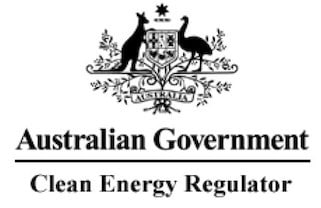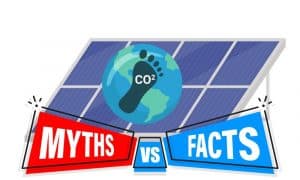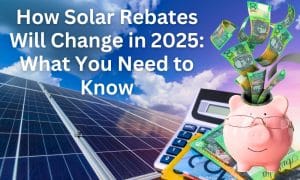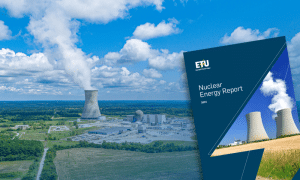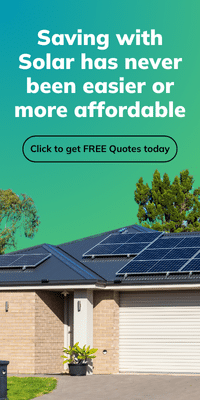An industry report shows that in 2016 Australian renewable energy investment hit a record high.
The Clean Energy Regulator 2016 report details Australia’s progress towards achieving its 2020 renewable energy target.
It shows that of 98 new power plants accredited in 2016, 86 were solar power plants.
Large-scale renewable energy investment in 2016 was five times greater than 2015, the report states.
Small-scale renewable energy investment strong
Meanwhile, small-scale renewable energy investment was also strong, with 182,000 new installations in 2016.

There are now 2.6 million small-scale renewable systems in nearly 15 per cent of Australian homes.
As a result, rooftop solar panels and hot water systems generate over 5,000 megawatts of power, nearly twice that of the nation’s largest power station.
Australia on track to hit 2020 renewables target
Energy Minister Josh Frydenberg says Australia is on track to hit its Renewable Energy Target (RET) of 23.5 per cent by 2020.
Investments by the Clean Energy Finance Corporation (CEFC) and the Australian Renewable Energy Agency (ARENA) are also making a difference, Mr Frydenberg said.
“Since its inception in 2012, the CEFC has made $3.5 billion of loan and equity commitments in clean energy projects, ranging from a large scale solar investment with the potential for pumped hydro at a disused gold mine near Townsville, to smart grid software which gives consumers greater control over their energy consumption,” he said.
“Nearly $3 billion of these CEFC commitments have been made under a Coalition government.”
Small-scale renewable systems and large-scale renewable energy power stations can be used to power homes and businesses from sustainable natural resources, such as the sun, wind and water.
According to the Clean Energy Regulator, participation in the Renewable Energy Target includes:
- Large- and small-scale voluntary participants who wish to invest in, or generate renewable energy, and lower their consumption of main grid electricity; and
- Participants who are required by law to surrender large-scale generation certificates and small-scale technology certificates to offset the generation of emissions intensive energy, and meet scheme compliance obligations.











